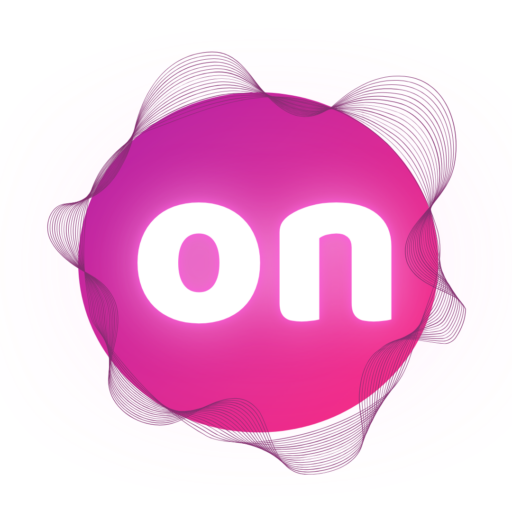Storytelling is one of the oldest and most powerful ways we connect as humans. Through stories, we share our experiences, make sense of our emotions, and invite others into our world. But beyond simple narration, storytelling shapes the way we understand ourselves and each other, turning individual moments into shared experiences.
Why Storytelling Matters
From ancient myths to bedtime tales, storytelling has always been a fundamental part of human communication. But beyond entertainment, it plays a crucial role in shaping identity, building empathy, and fostering inclusion. When we tell our stories, we invite others into our world, breaking down barriers and creating a shared space of understanding.
Psychologists have found that personal narratives help us process emotions and make sense of our experiences. More importantly, when we listen to others’ stories, we develop empathy by stepping into their shoes—even if only for a moment. This is why storytelling is such a powerful tool for bridging cultural, social, and generational gaps.
The Hero’s Journey: A Framework for Connection
One of the most well-known storytelling structures is The Hero’s Journey, a narrative pattern found in myths, books, and even our personal experiences. Understanding this framework can help us reflect on our own journeys and create meaningful connections when we share them.
The Hero’s Journey follows three main stages:
1️⃣ The Challenge – Every great story starts with an obstacle. Whether it’s moving to a new country, overcoming self-doubt, or facing discrimination, challenges shape us. Think of a moment in your life where you faced a struggle—what did it feel like?
2️⃣ The Turning Point – This is where change happens. Maybe you found support, changed your mindset, or took action. Every journey has a defining moment that shifts the path forward. What was yours?
3️⃣ The Lesson – Stories leave us with insights and takeaways. When we share our lessons, we not only reflect on our growth but also inspire and support others. What have you learned from your challenges?
How Storytelling Strengthens Connections
Whether you’re in a classroom, at a youth workshop, or simply chatting with friends, authentic storytelling can transform relationships. Here’s how:
💡 It builds trust – When someone shares their story with us, they are offering a piece of themselves. This vulnerability creates a foundation of trust and openness.
💡 It fosters inclusion – By hearing diverse stories, we learn about different backgrounds, cultures, and perspectives. This promotes acceptance and understanding.
💡 It inspires action – Many movements, projects, and friendships begin with a shared story. When we connect over experiences, we are more likely to support each other and create change.
How to Start Sharing Your Story
Not sure where to begin? Try these simple prompts to guide your storytelling:
🔹 What is a challenge that shaped you?
🔹 Who was a person that changed your perspective?
🔹 What is a moment that made you feel truly connected to someone?
Start small. You don’t have to tell your entire life story—just one moment, one experience, one lesson. Whether it’s through words, art, or even a game (like ConnectiON Vibes, that we’re launching soon), your story has the power to make an impact.
The Lasting Impact of Stories
Stories shape the way we remember, connect, and grow. They help us make sense of the past and navigate the future. Whether shared in small conversations or passed down through generations, they carry the power to transform relationships and perspectives.
By embracing storytelling, we don’t just share moments—we create deeper understanding, foster empathy, and strengthen the bonds that hold communities together.
Because in the end, stories aren’t just told. They live on in the people who listen.
We believe that storytelling is the key to breaking barriers and creating meaningful bonds. That’s why our project is all about giving young people the space to share, listen, and grow together.
